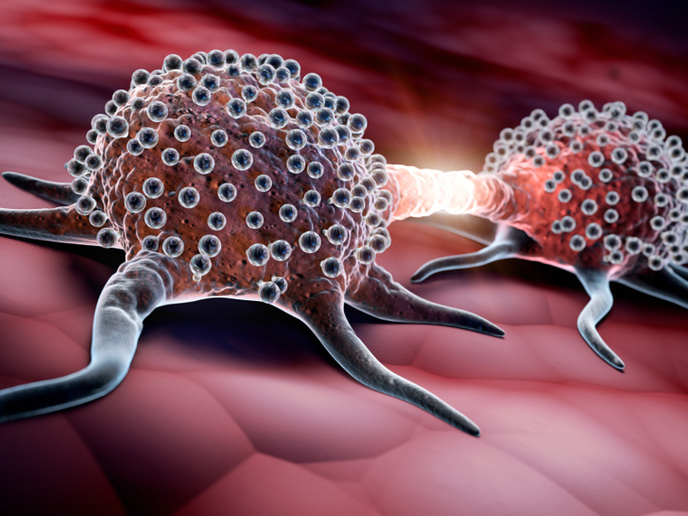New intraoperative probe for breast cancer tissue
As with most cancer operations, breast conserving surgery aims to completely remove cancer with clear surgical margins while maintaining the natural shape of the breast. However, this is not always possible, leading to breast deformity and residual cancer in 20-30 % of patients who require reoperation after a partial mastectomy. Apart from patient dissatisfaction this contributes to increased health care costs and poorer cosmetic results. An intra-operative probe for cancer tissue ONCOscanner is an innovative solution that enables intra-operative recognition of collected tissues during surgical removal of cancerous breast tissue. As the coordinator of the EU-funded ONCOscanner project Dr Stanislaw Rogozinski explains, "the ONCOscanner probe supports surgeons by allowing them to assess margins of the breast cancer tissue during operation.″ Currently, surgeons rely on visual and palpation methods alongside histopathological evaluation to assess the excised tissue. The latter routine approach confirms whether the entire neoplastic lesion has been removed and determines the margins of healthy tissue. Despite its accuracy and low rate of false negative results, postoperative histopathology cannot be performed during surgery leading to patient readmission in case of residual disease. The ONCOscanner probe has the capacity to identify cancerous tissue during surgery. Through the dielectric technique, it measures the electric conductivity and permeability of normal and malignant tissue. Electric properties are lowest in fat tissue and high in cancerous tissue, allowing the differentiation between healthy and malignant breast tissue. Importantly, the ONCOscanner probe has been designed to overcome the influence of components with high electrical conductivity such as blood, plasma and electrolytes. It can be used repeatedly during operation without the need of irradiation or special training. The probe has also been validated in many medical experiments and demonstrated absolute safety, very high sensitivity (87 %) and specificity (99 %). Bringing the ONCOscanner probe to the clinic During the project, partners successfully produced the ONCOscanner probe at a low cost, offering a competitive solution to existing devices in the market. “The SME Instrument Phase 1 project helped us to better comprehend the medical devices market and distributors’ needs,″ emphasises Dr Rogozinski. After understanding and addressing intellectual property issues, ONCOscanner partners improved and adapted the probe for commercialisation purposes. The next step is to test the probe in the clinic through trials in independent European medical facilities. The safe and low-cost production profile of the probe makes it ideal for use in the constantly increasing number of breast cancer surgeries. Overall, ONCOscanner provides a tool for identifying surgical margins during operation, avoiding the laborious and time-consuming need for postoperative histopathology. This real-time detection of residual cancer in the remaining breast tissue will help remove all carcinogenic lesions during surgery, a prerequisite for achieving therapeutic success in breast cancer. In view of the future, Dr Rogozinski is confident that “implementation of the ONCOscanner probe will help avoid a significant number of breast reoperations, saving billions of euros in healthcare costs every year and improving patient quality of life.″
Keywords
ONCOscanner, probe, breast cancer, margin, surgery, dielectric technique







